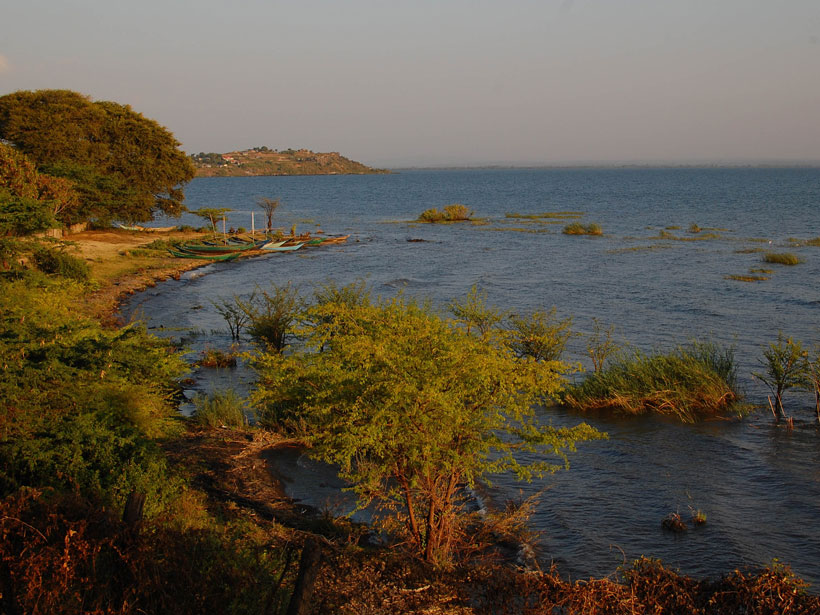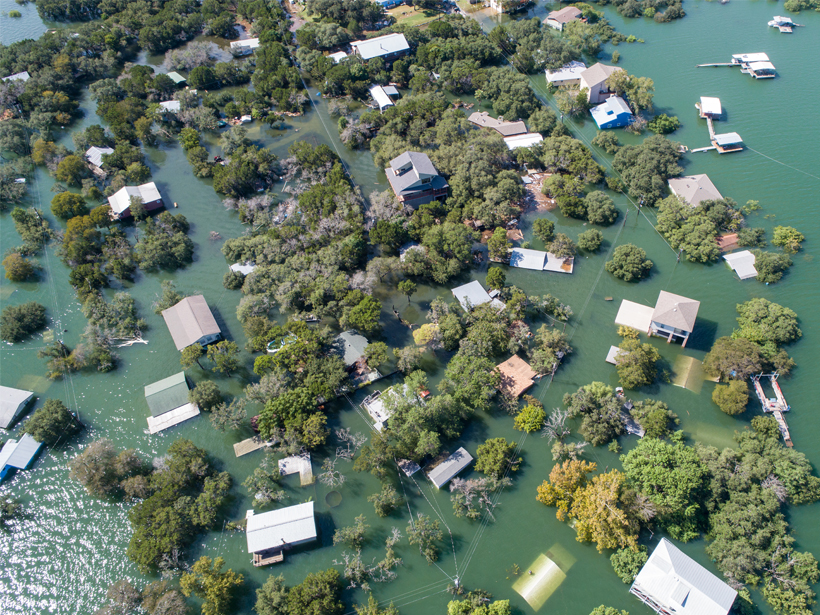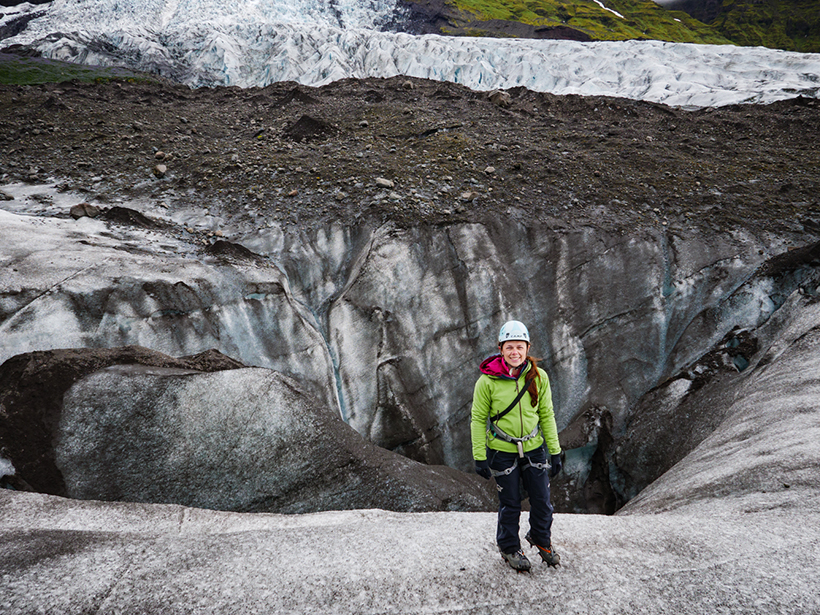Sargassum and other brown algae might be an underappreciated contributor of organic compounds called polyphenols to the open ocean.
AGU 2019
Why Diversity Matters to AGU
A new Eos series from diverse perspectives will show us how to lead our community into a vibrant, inclusive future.
The Road Ahead…
We’re closing out our Centennial year by celebrating all that our community has accomplished together and getting inspired for what comes next.
Dire and Drier Future for Lake Victoria
In the past, Lake Victoria dried out swiftly and often when rainfall was limited. Climate change might bring about those conditions again within a century.
Curiosity Rover Reveals Oxygen Mystery in Martian Atmosphere
An air-sampling study has captured long-term trends in the concentrations of five key atmospheric gases for the first time.
Hearing Explores Resilience to Climate-Related Natural Disasters
Experts call for more tools to help communities mitigate and adapt to climate change to curb the impacts and costs of natural disasters.
AGU Board Vacancy Filled
Members elected Catherine McCammon to the AGU Board of Directors.
Giving Thanks to Geosci
What facets of Earth and space science are we grateful for this week?
Ship-Based Measurements Overestimate Southern Ocean Carbon Sink
New research suggests that combining ship- and float-based observations provides a more accurate measure of how much carbon the Southern Ocean absorbs.
Podcast: A Nuclear Legacy Buried in Ice
The radioactive remains of nuclear testing during the Cold War and from nuclear disasters like Chernobyl are still with us and can be found in some of the remotest glaciers on Earth.









